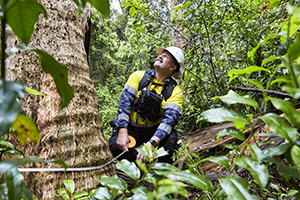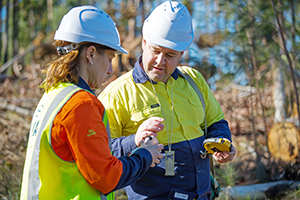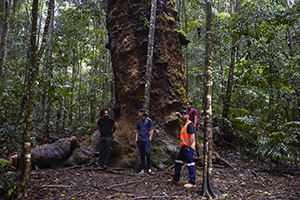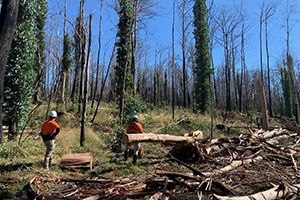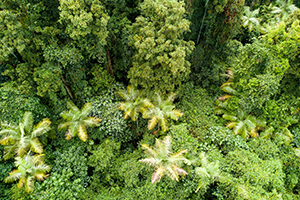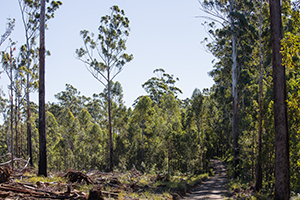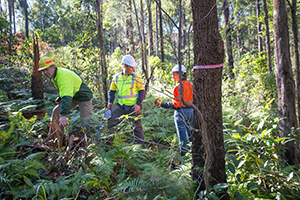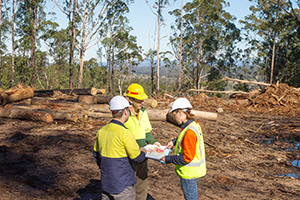Native forestry
We regulate the native forestry industry in NSW. Learn about how we maintain the quality of soils and water, our work to protect precious habitat for our native wildlife, and how we enforce the rules for sustainable timber production.
The native forests of NSW are one of our most valuable assets, benefitting the community, wildlife, and the economy. Here are the ways we work with all of NSW to protect them.
We regulate native forestry operations on both public and private land in NSW. Our compliance program aims to protect the environment while enabling the sustainable supply of native timber.
NSW State Forests are sometimes lawfully closed for a range of reasons, especially safety concerns. EPA officers may enter closed forests to carry out regulatory actions.
More than 40% of the coastal and tablelands native State Forests in NSW were burnt in the 2019-20 bushfires.
Read our koala habitat and occupancy mapping and threatened ecological communities mapping research
Private native forestry (PNF) is the management of native vegetation on private property for sustainable logging and timber production.
Native forestry on public land is mostly in state forests, and includes timber harvesting and thinning, constructing access roads, burning, grazing, and other activities.
IFOAs set environmental rules for how forestry operations can be carried out in State Forests and Crown Timber Lands in NSW.
